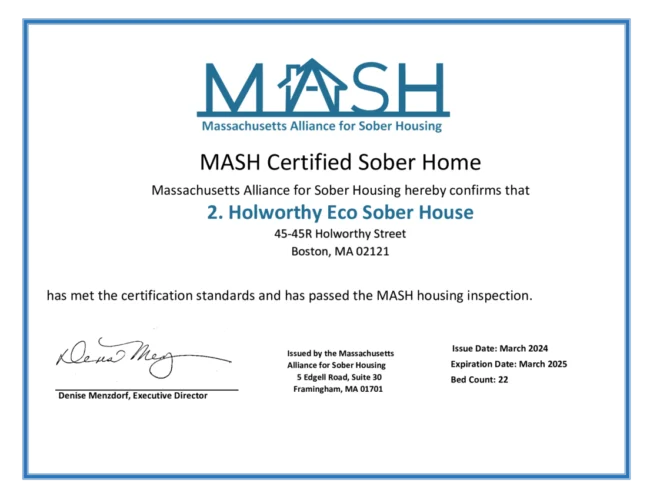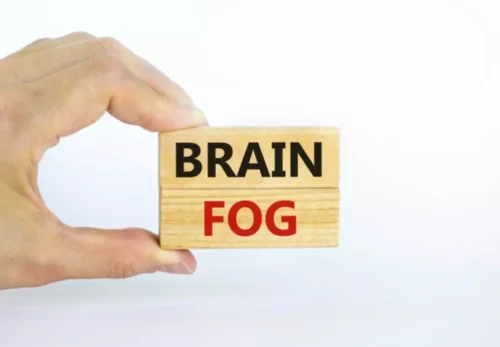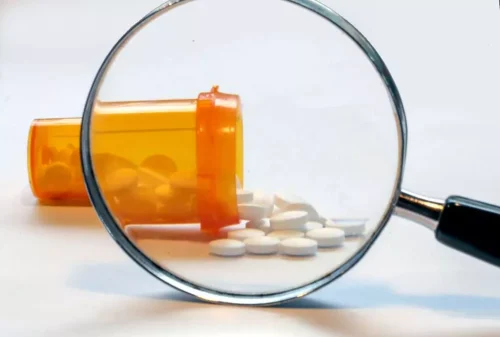The new edition of the Diagnostic and Statistical Manual of Mental Disorders (DSM-5) includes cravings as part of the diagnostic criteria for alcohol use disorder (AUD). Cravings won’t necessarily affect everyone who cuts back on alcohol. Still, they’re pretty common, especially if you drink regularly or your alcohol use falls into the “heavy drinking” category (binge drinking 5 or more days in the last month). Over time, meditation can help you become more comfortable with the thoughts and feelings that arise in moments when you crave alcohol, which will help lessen cravings in that moment and in the future. Addiction is severe and extremely difficult to overcome without proper rehabilitation.
Identify Your Triggers and Make a Plan
She incorporates cultural relevance and non-traditional interventions and strategies to strengthen her clients’ steps towards goals of behavioral, emotional, social and mental wellness. If you’ve become dependent on alcohol, cutting it out of your life may produce withdrawal symptoms, such as a rapid heartbeat, high blood pressure, sweating and shaking. Psychological symptoms can include irritability, anxiety and restlessness. Medical experts now use the term “alcohol use disorder” rather than “alcohol abuse” to address the concern of excessive drinking.
Tips For Growing Up My 20 Years of Recovery
If you or someone you know has a problem with their drinking habit or consuming larger amounts, you should seek help immediately before the problem spirals out of control. Alcohol is a very addictive substance and with prolonged consumption, the body becomes tolerant to it causing you to consume even more to reach the desired effect you want to experience. They collect details such as medical history, a description of the addiction, and other relevant information. The process is quick and easy, so the person seeking admission doesn’t feel overwhelmed or intimidated. You might decide to meet friends at a quieter venue or practice relaxation techniques before heading to a social event. Reaching out to a supportive friend or family member can make a significant difference.

Habit formation
- The most affected group for alcohol dependence is people in their 40s, 50s and 60s who have had several decades of drinking to build tolerance and dependence.
- Take our free, 5-minute substance use self-assessment below if you think you or someone you love might struggle with substance addiction.
- If a person repeats drinking patterns, it can cause the brain to shift control over the actions involved with drinking.
- Pick a name for your urges that’s imaginative, strong, and meaningful to you.
- A healthcare provider aims to collect only the essential information they need to begin the admissions process.
For those who’ve decided it’s time to quit, there are rising numbers of Britons making that same decision. In 2023, 30 per cent of men and 26 per cent of women surveyed said they wanted to reduce the amount of alcohol they drink this year according to research by Alcohol Change UK. If you have persistent insomnia or sleeping problems, it’s best to seek professional help and advice. Your doctor may be able to recommend medications, supplements, or therapy to alleviate your symptoms. You might be able to avoid pubs and restaurants, but you certainly won’t be able to stay away from your couch.
Cutting back on alcohol can also prove challenging because some individuals drink out of habit. Maybe you’re used to pairing your evening meals with a couple of glasses of alcohol. You might find yourself stuck in a rut trying to break these habits. In this blog, we’ll look at different ways of coping with cravings for alcohol and what can be done to stop them. Quitting alcohol is one of the best things you can do for both your mental and physical health. You can learn to manage them by distracting yourself or using things like mindfulness or visualization.
Fermented Foods: A Gut-Healthy Choice
This change can lead to a strong desire or compulsion to drink, especially when faced with certain triggers. To help manage alcohol cravings, being mindful of the triggers and avoiding them may reduce the sensation of wanting to drink. With all this going on and the discomfort it brings, it is enough for many people to give in and return to their old habits. However, if you can manage to ride it out and curb alcohol cravings, these will start to fade and become less intense.

Ways To Successfully Deal With The Urge to Drink During The Holidays
- Medications like naltrexone and gabapentin can also help decrease cravings.
- An alcohol craving is an intense urge or desire to consume alcohol.
- Treatment specialists are highly trained to approach this subject in a caring manner.
- We do not offer individual medical advice, diagnosis or treatment plans.
Dehydration and poor nutrition can amplify the need for alcohol. Or maybe you just don’t like the role alcohol plays in your life. But the reality is that only you can decide when the time is right. For others, it might be specific situations, people, or places.
Alcohol misuse can alter the balance of certain chemicals in the brain, such as dopamine, which regulates pleasure and reward. A coach or therapist can help you identify unhealthy thinking patterns and habits that promote excessive drinking. They’ll discuss your drinking habits with you, help you set goals, and devise structures to achieve them. Studies have found that alcohol may increase sleepiness momentarily. Once these effects wear off, alcohol causes the person to wake up more often throughout the night and reduces the overall duration and quality of sleep [4]. Because alcohol is an unhealthy coping mechanism, it’s crucial to have structures in place that prevent you from using it as an emotional crutch.

Plan ahead and set a predetermined drinking limit
As we drink more, our bodies adapt, requiring higher quantities to achieve the same effects, pushing us deeper into the pitcher plant. Its second trick is habit formation, driven by cues and cravings. The basal ganglia, a part of our how to stop alcohol cravings brain involved in habit formation, strengthens the association between drinking and the context in which it occurs. With enough repetition and strong enough rewarding experiences, alcohol use becomes more and more automatic over time.
